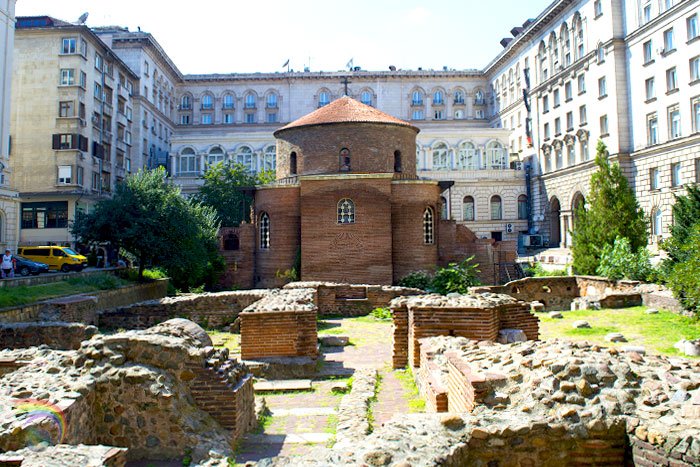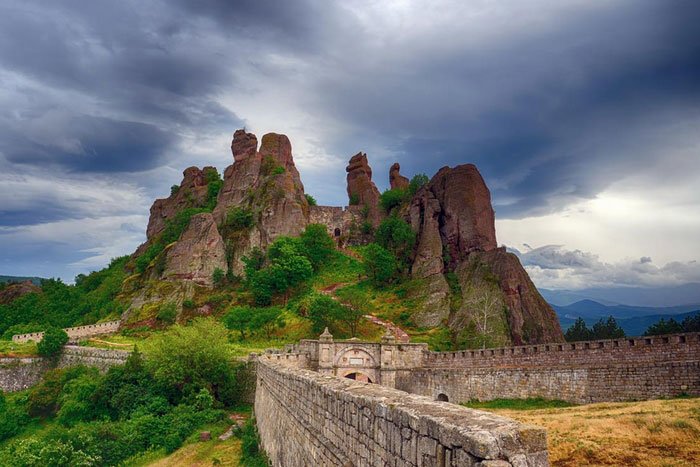Struggles and Expansion
John Hyrcanus I Maintaining Power and Expanding Territories
John Hyrcanus I (134-104), the Maccabean ruler, faced challenges to secure his crown. He first defeated rival Ptolemy and later withstood an attack by Antiochus VII, who besieged Jerusalem. To appease the Greeks, Hyrcanus agreed to their terms, including tearing down the towers on Jerusalem’s walls and paying a tribute of 3,000 talents. Facing a depleted treasury, he resorted to opening King David’s tomb for funds Mithradates II’s Rule and Military Reforms, diminishing the popularity of the Maccabees. Hyrcanus sought aid from Rome against potential Seleucid threats, and with Rome’s assistance, he built a professional Jewish army, expanding Judaea’s borders by conquering Idumaea and Samaria, forcefully converting their inhabitants to Judaism.
Religious Divide and Worldly Policies
Despite his effective rule, Hyrcanus’ worldly policies alienated the devout in Israel. He broke ties with the Pharisees, aligning with the Sadducees who held a more lenient view of Hellenism. His son, Aristobulus I, ruled briefly, conquering the Galilee region. Subsequently, his brother, Alexander Jannaeus (103-76), expanded the kingdom by annexing the plain of Sharon, Moab Private Tours Bulgaria, and Gilead. However, internal strife escalated into civil war between Pharisees and Sadducees, leading to external challenges such as Egyptian Ptolemy IX’s attempt to seize Gaza and Nabataean (Arab) raids. The Pharisees sought help from Seleucid king Demetrius III. Jannaeus, supporting Hellenism against Pharisaic opposition, emerged victorious after six years of conflict, celebrating with a brutal display, crucifying 800 captive rebels and slaughtering their families.
Note: The Maccabees’ transformation over the 80 years since their inception is evident in their changing stance towards Hellenism.








